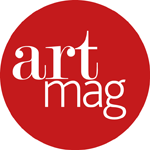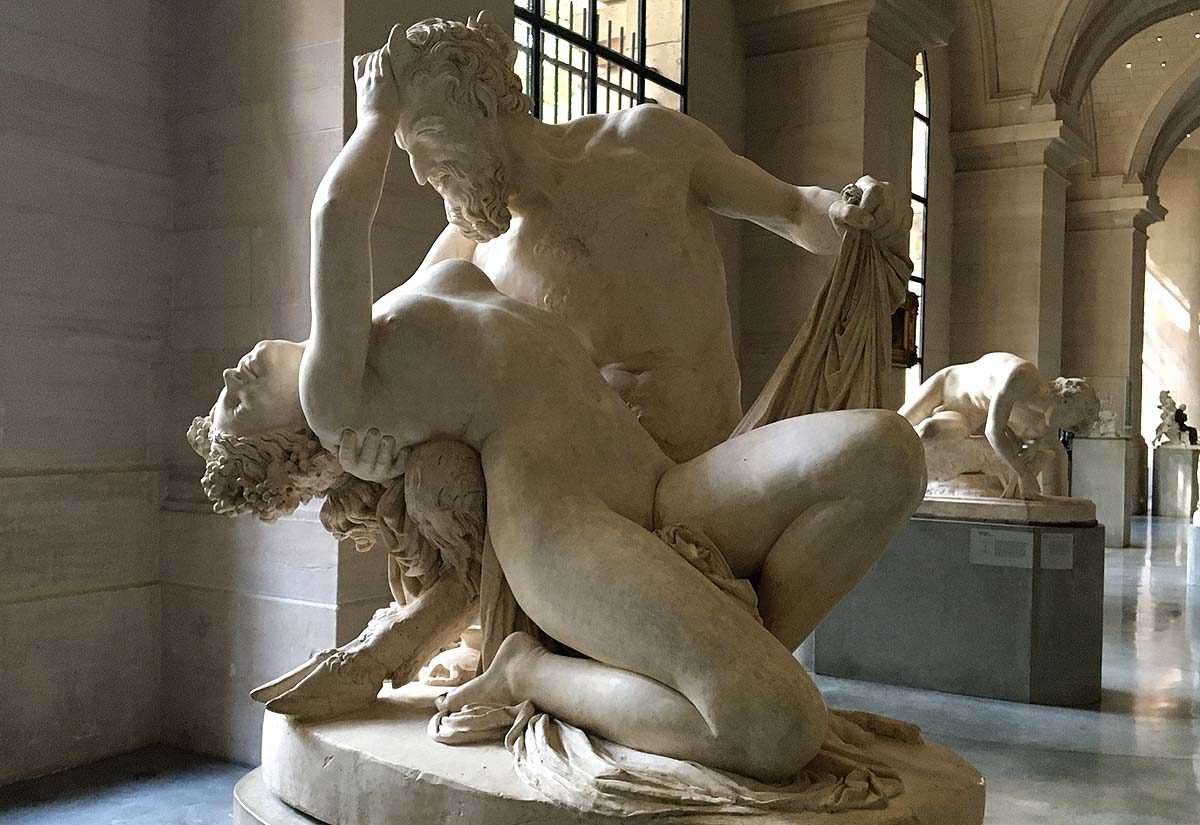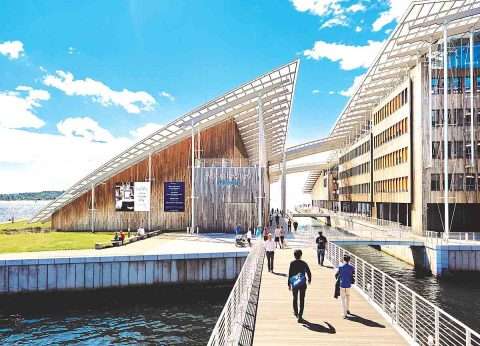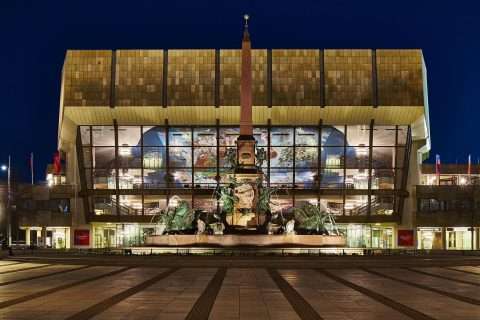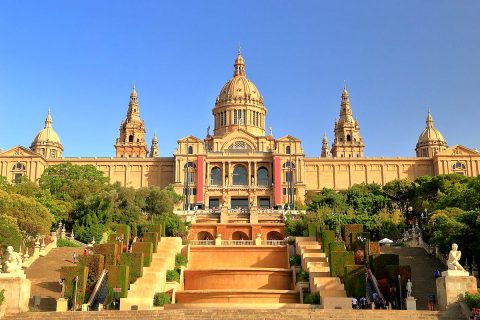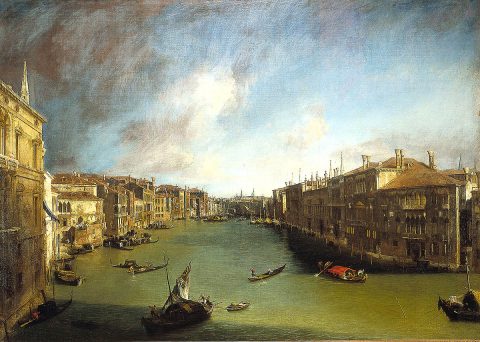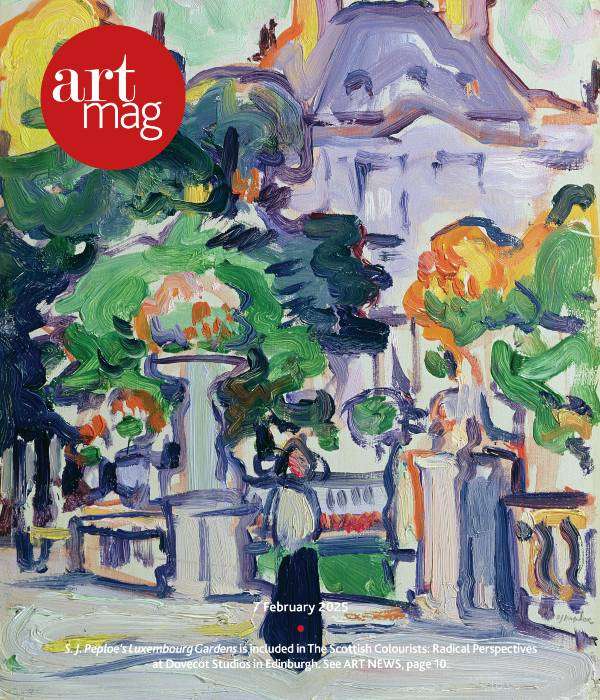From my home in Edinburgh, the north of France would at first glance seem a lengthy excursion, especially by train. Well, it’s not. After boarding at the Scottish capital’s Waverley Station at breakfast time, by late afternoon I was stepping out at Lille’s Euro station and strolling to my hotel in bright sunshine. The idea of ‘slow’ travel as a relaxing and eco-friendly alternative to air travel is gaining ground with travellers who value the planet, with the Byway travel company at the forefront of creating alternative options to explore by train, boat, bus or bike.

For my itinerary [click to view] it would be difficult to make a case for first flying from Scotland to London, when you take into account the need to check in at the airport two hours before departure, long security queues, excessive shopping and catering prices, cramped seating en route, the wait at the baggage carousel to be reunited with your luggage, then the train or bus ride into the city. Instead, as the 1980s tv ad used to say, why not let the train take the strain? My one transfer, from London King’s Cross to St Pancras International next door for my Eurostar connection, took a matter of minutes. I even met a couple from Kent, en route to a concert in Lille, where they prefer the concert hall to London’s O2! It helps that the trains bound along at nearly 200mph.
Lille
France’s charms are legendary, including mediaeval cities, classical art museums and a fascinating history. It’s all right there in Hauts-de-France, where a direct connection from the UK to its capital, Lille, allows visitors to enjoy its bustling centre, with myriad restaurants, hotels, squares and parkland.


Lille also has one of the largest art museums in France, the Palais des Beaux-Arts de Lille. Purpose-built as a museum under Napoleon I, its collection of fine art and antiquities includes significant works by the likes of Raphael, Donatello, Van Dyck, Rembrandt, Goya, El Greco, Toulouse-Lautrec, Delacroix, Rubens and Rodin. You can follow a ‘highlights’ route with audio commentary via a QR code on your phone, tailored to how much time you have available.


Small galleries are dotted around Lille’s old town, Vieux Lille, but the quarter’s charm lies in just wandering through its 17th century cobbled streets, taking in the architectural details, the characterful shop fronts and enjoying the convivial, French cafe lifestyle. Look out for that uniquely French car, the Citroën Deux-Chevaux, or 2CV, taking tourists around town in open-topped tours, passing the art deco Hotel de Ville (Town Hall), which offers a dizzying panorama from the 104-metre high viewing platform on its belfry. On a clear day you can see for 40 kilometres.

Roubaix
Lille’s driverless metro took me out of town to nearby Roubaix, where the art deco swimming pool has been converted into a major art museum, La Piscine (‘Piscine’ is French for swimming pool.) The collection here is also of stellar quality and, although the town was quiet and has enjoyed more prosperous days, the museum is evidently a major visitor draw.

Making the most of its elegant architecture, a vestige of the town’s industrial and craft heritage, the building’s central pool reflects its massive, semi-circular stained glass window. There is an especially fascinating section of 20th century sculpture, including the reconstructed atelier of the sculptor Henri Bouchard, and an introduction to the bold statements of the late 20th century ‘Roubaix School’ of painting.

Amiens
A two-hour ride south on SNCF, France’s state-owned railway company, brings you to the pretty city of Amiens, smaller and quieter by comparison to Lille, but with a few aces up its sleeve. Prime among these is its giant, 800-year old Notre-Dame Cathedral – much bigger than its namesake in Paris – which, as well as offering the epitome of cavernous high gothic interiors and dazzling, detailed stained glass, boasts an intricately sculpted western facade.

On summer and December nights this serves as the ‘projection screen’ for Chroma, a spectacular ‘son et lumiere’ show, which sets electronic music to morphing digital shapes and colours before settling down for a visual history lesson showing how the original facade was picked out in myriad bright polychromatic hues, now much faded. The projected colours are shown for several minutes, allowing observers to envision them close up.

Another unique feature of Amiens is its ‘Hortillonages’ – 300 hectares of small islands irrigated by the Somme river and accessible only by boat, which are given over to market gardening and public leisure gardens. Mostly under the shade of trees, they are best described as a ‘miniature Venice’, with allotments, waterfowl and occasional waterside displays of art. A genteel hour or so can be spent navigating some of over 60 kilometres of interconnecting canals by punt-style boat accompanied by wry commentary and pithy local knowledge from the helmsman.

The palatial Musee de Picardie (Amiens is the capital of the Picardy region) could be described as a smaller counterpart to Lille’s Palais des Beaux-Arts, hosting a similar range of fine art and sculpture, from archaeological collections to contemporary art. Highlights include work by the leading modernist, local boy Jean Helion and abstract neon artist Francois Morellet.

There is also an extensive sculpture collection, including preparatory maquettes for sculptor Stephan Balkenhol’s L’homme et sa Bouée (Man and his Buoy), the final result of which, floating in the middle of the Somme, I had seen just hours earlier.


Another local, cherished beyond all others, is the writer Jules Verne, who moved to the town to write his extraordinarily imaginative fictional voyages such as Around the World in Eighty Days, Journey to the Centre of the Earth and 20,000 Leagues Under the Sea. His house is open to visitors, as is the nearby Cirque Jules Verne, which he established and which mounts regular theatrical shows. Statues and commemorative signage in the man’s honour are dotted around the town.
Compiegne
Another race along train tracks across open country brought me to Compiegne, a small, trim town on the River Oise, sans cathedral or giant museums, but with a chateau to match any other.

Built by Louis XV and XVI, the Chateau de Compiegne was remodelled by Napoleons I and III as a centre for court life and the exercise of power. Kings and emperors favoured the town for its proximity to the Forêt de Compiègne, which provided a playground for recreational hunting and horse riding. Napoleon’s favour for his famous Empress Josephine extended to cutting a five-kilometre swathe through the forest to a viewing platform, from which she could admire the chateau. Nowadays visitors can admire it from within as well as without, with its sumptuous imperial chambers and art collection.

Compiegne is founded on the abbey of Saint Corneille, which these days is home to the Musee du Cloitre (Cloister Museum), housing religious art and sculpture dating back to the 13th century. When wandering around the abbey’s cloister, you can appreciate being in a quiet town, where noisy crowds are replaced by a monastic hush.

A ticket to the Musee du Cloitre includes admission to the Musée Antoine Vivenel, named after its architect-collector founder and a centre for the study and display of crafted artefacts from prehistory to the mid- 19th century.

I also chanced upon the Romanesque Eglise Saint-Pierre des Minimes, created in 1601, which is now a municipal space for temporary art exhibitions, which was at the time a collection of Florence Dessuyer’s large mixed-media canvases. Once again, under its airy, stone arches the pace was calm and perfect for enjoying art without distraction.
Chantilly
Compiegne is a short train ride to Paris, where my journey north to London and on to Edinburgh was to begin. But there was still time on my itinerary for a brief stop at Chantilly, also on the River Oise, famous for its race course, lace (of course) and another grand chateau. This one was built in the 19th century by the son of France’s last king, Louis Philippe, whose collection of masterpieces (the second largest of antique paintings in France after the Louvre) is displayed in its opulent suites. As I arrived in Edinburgh later that evening, it was strange to think that that very afternoon I had still been enjoying that beautiful and cultured region of France.
My trip [click to view] was facilitated by London-based Byway Travel, which specialises in eco-friendly, ‘slow’ travel. The team at Byway works with clients to tailor trips to their interests, for example a focus on art, with recommendations on each city or area to be visited. They also set up a small WhatsApp group to provide additional assistance.
This article also appears in November 2022 issues of ‘Artmag’ magazine. Words David White, edited for ‘Artmag’ magazine by Ian Sclater. Images David White. French-language diacritics/accents have been omitted from the text, to avoid conflicts with the magazine’s and website’s font-set.
